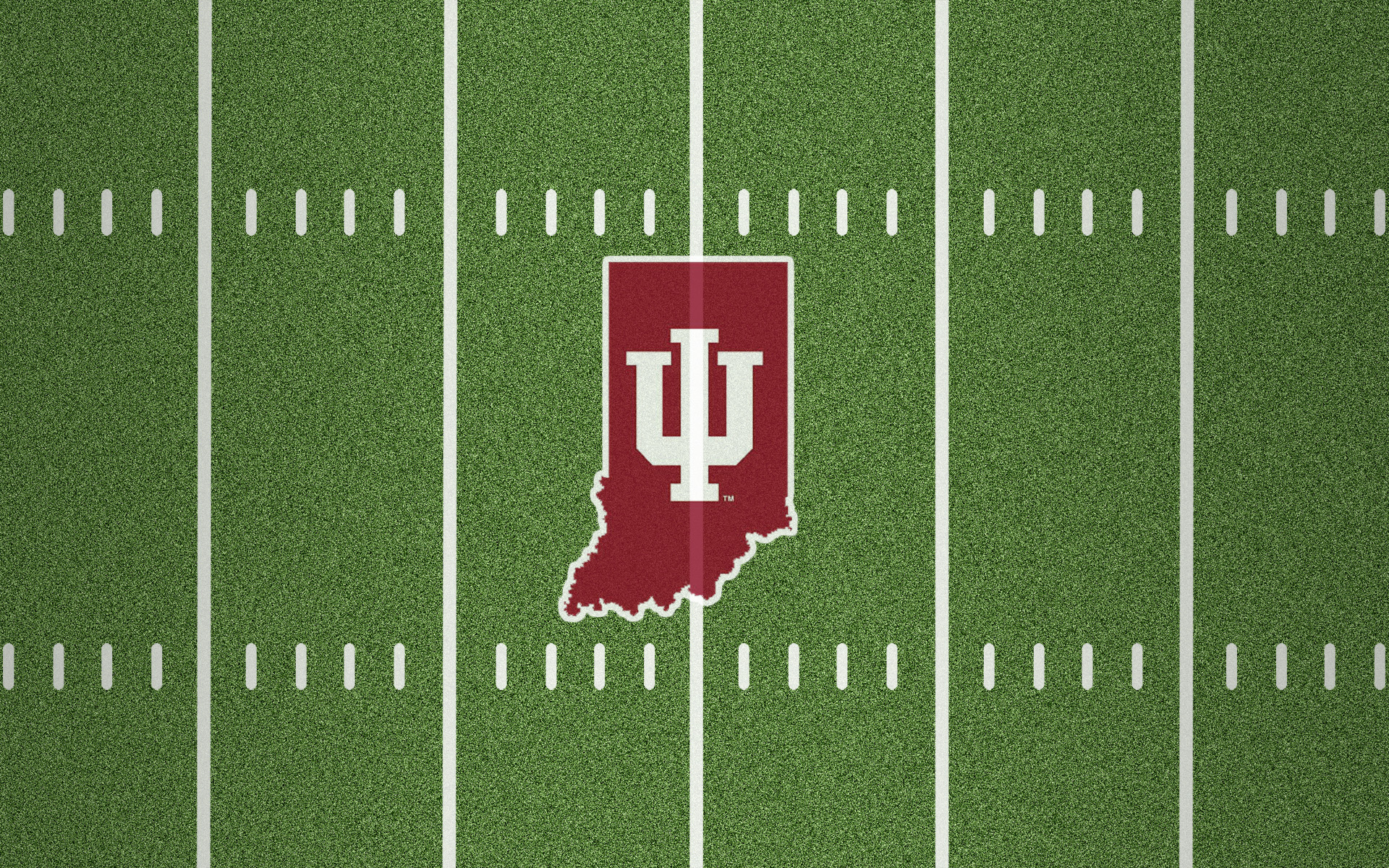Numbers That Mattered in Indiana's 24-21 Win Over Michigan State
/Richard Lagow scans down the field. image: Cam Koenig HoosierHuddle.com
Written By Sammy Jacobs (@Hoosier_Huddle)
Saturday’s night 24-21 overtime victory over Michigan State was the first time an Indiana squad had beaten a ranked Big Ten team at home since a 31-28 win over then- no. 15 Iowa in 2006. We are going to take a look at some of the numbers that led to the Hoosier win.
24-7- No, I am not talking about the Village Pantry on Indiana Avenue. Instead it’s the Hoosiers run in the second half. After being shutout in the first half and falling behind 14-0 with four minutes left in the third quarter, Indiana went on to finish the last 19 minutes plus overtime on a 24-7 run to complete the comeback and pull off the win.
Indiana 34- Starting field position is a big reason why Indiana won, frankly it should’ve been the reason they won by more than three. Indiana had an average starting spot at their own 34-yard line, by far their best average starting field position of the year. In contrast, Michigan State only started their drives from their own 25. That’s a major reason why Indiana won a game while running only 67 offensive plays and losing the time of possession battle 33:34-26:26.
4-of-15- Third down defense has been a bugaboo for the Hoosiers the last couple of years, but on Saturday night IU was stout allowing just 26.6 percent of Michigan State’s third downs to be converted successfully. Indiana was nine-of-16 on their own third downs.
Seven and Zero- The first half was not a thing beauty for Indiana as they were held scoreless and looked out-of-whack on offense. Much of that was due to the fact that the Hoosiers committed seven first half penalties, all of them costly. However, after halftime the Hoosiers did not commit a penalty and finished scored 24 second half points. Michigan State finished with 11 penalties for 98 yards, none more costly than a leaping penalty in overtime that led to a redo of a Griffin Oakes field goal.
One-for-Five- Saturday night was not a clinic for field goal kicking as the Hoosiers and Spartans combined to go just one-for-five on kicks, including one block. The lone made field goal came on the final play of the game as Griffin Oakes chipped home a 20-yarder after nearly giving Michigan State new life after a missed 33-yard field goal was wiped out by a penalty.



